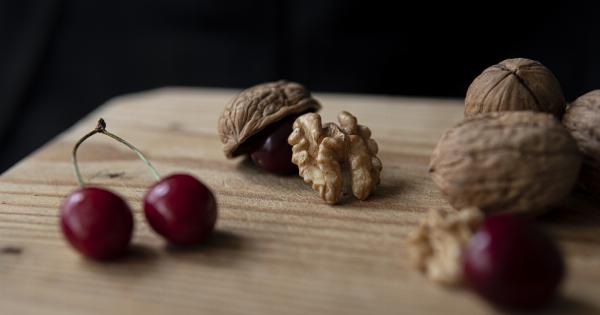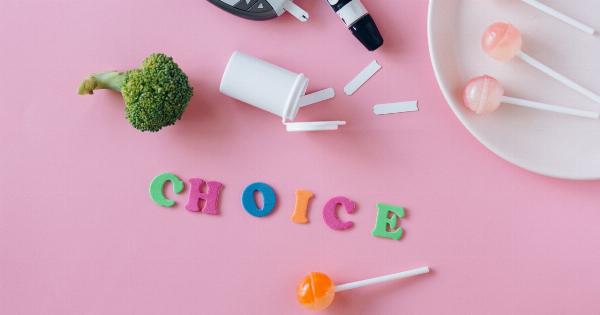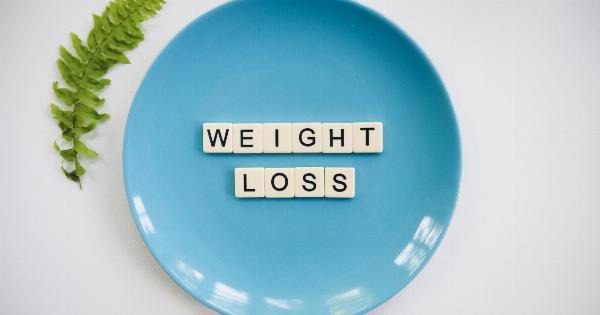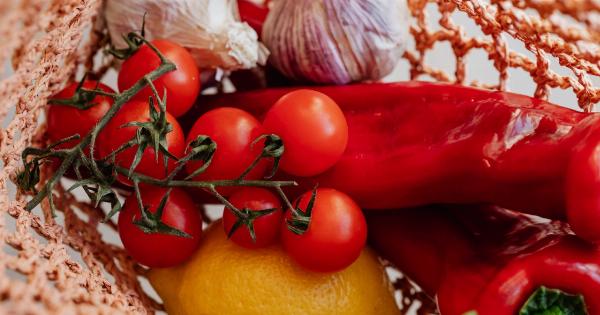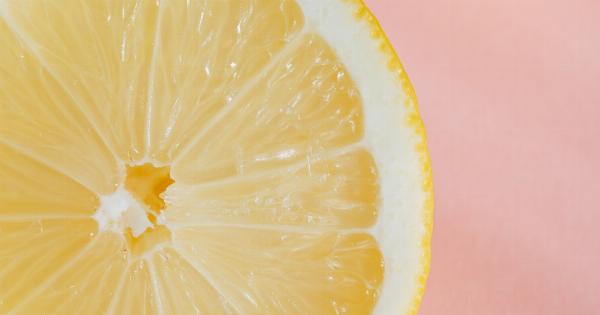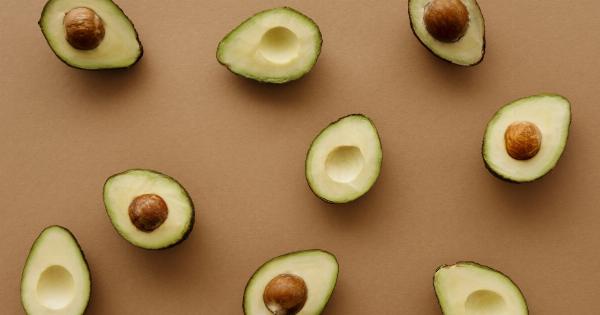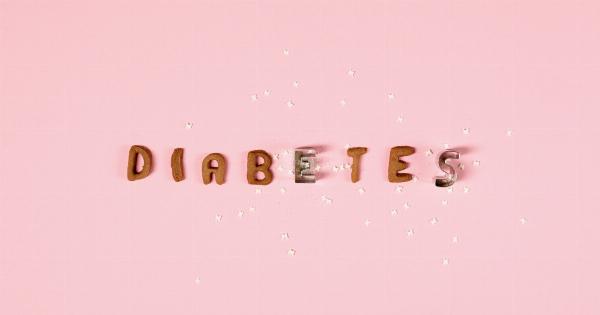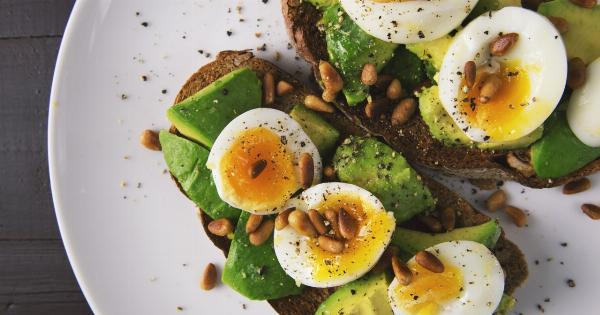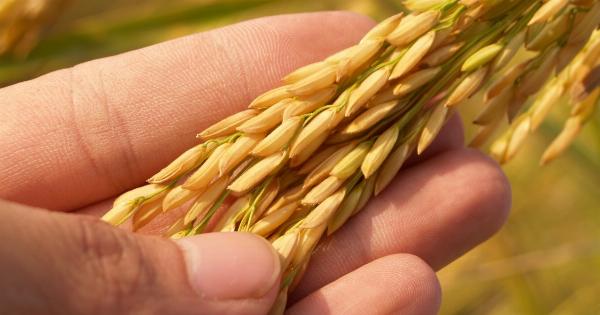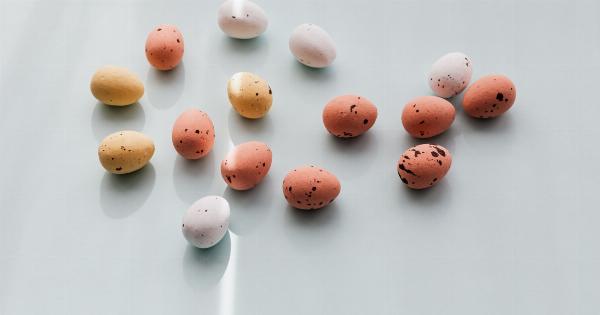Kidney failure, also known as end-stage renal disease (ESRD), is a condition in which the kidneys can no longer function properly to remove waste and excess fluids from the body.
Patients with ESRD require dialysis, a procedure in which a machine filters their blood, or a kidney transplant to survive.
While dialysis and kidney transplantation are life-saving treatments, they’re not enough to manage ESRD alone. Patients with ESRD need to follow a specific diet to optimize their health, control their symptoms, and avoid complications.
A kidney-friendly diet can help slow down the progression of the disease and improve the patients’ quality of life.
Limit Sodium Intake
One of the most important aspects of a kidney-friendly diet is reducing sodium intake. Sodium is a mineral that can increase blood pressure, which can be detrimental to the kidneys.
Moreover, high sodium intake can cause fluid retention in the body, making it harder for the kidneys to filter out waste and excess fluids.
The American Heart Association recommends an intake of no more than 2,300 milligrams of sodium per day for most adults. However, for people with kidney disease, limiting sodium intake to 1,500 milligrams per day is often recommended.
To reduce sodium intake, patients should avoid processed foods, which are usually high in sodium. Salted snacks, canned soups, frozen dinners, and deli meats are just a few examples. Patients can also use herbs and spices to add flavor to their meals.
Adequate Protein Intake
Protein is an essential nutrient for the body, but too much protein can be harmful to the kidneys. When the body metabolizes protein, it produces waste products, which the kidneys need to filter out.
In patients with ESRD, the kidneys are already compromised, and too much protein can put additional strain on them.
However, patients with kidney disease still need to consume adequate protein to keep their muscles and other tissues healthy. The recommended daily intake of protein for people with kidney disease is about 0.8 grams per kilogram of body weight.
For example, a person who weighs 70 kilograms should consume about 56 grams of protein per day.
Patients should choose high-quality sources of protein, such as lean meats, poultry, fish, eggs, and dairy products. Vegetarian sources of protein, such as beans, lentils, nuts, and tofu, are also good options.
Limit Phosphorus Intake
Phosphorus is a mineral that works with calcium to build and maintain bones and teeth. However, too much phosphorus in the blood can be harmful to people with kidney disease.
The kidneys normally remove excess phosphorus from the blood, but in patients with ESRD, the kidneys can no longer do that.
When there’s too much phosphorus in the blood, it can bind with calcium and form deposits in the body, including the kidneys, blood vessels, and other tissues. This can lead to bone disease, heart disease, and other complications.
To limit phosphorus intake, patients should avoid high-phosphorus foods, such as dairy products, nuts, seeds, and whole-grain products. Instead, they should choose low-phosphorus alternatives, such as white bread, rice, pasta, and corn tortillas.
They can also use phosphate binders, medications that help prevent the absorption of phosphorus in the gut.
Reduce Potassium Intake
Potassium is a mineral that helps regulate many body functions, including heart and muscle function. However, in patients with kidney disease, high levels of potassium in the blood can be harmful and even life-threatening.
The kidneys normally remove excess potassium from the blood, but in patients with ESRD, the kidneys can no longer do that.
As a result, patients need to limit their potassium intake to avoid complications such as irregular heartbeat and muscle weakness.
High-potassium foods include bananas, oranges, tomatoes, potatoes, and avocados. Patients should choose low-potassium alternatives, such as apples, berries, cucumbers, and green beans. They should also avoid salt substitutes that contain potassium.
Limit Fluid Intake
Patients with kidney disease may need to limit their fluid intake, depending on their urine output and weight. Consuming too much fluid can cause fluid overload, which can lead to heart failure, pulmonary edema, and other complications.
Patients should consult their healthcare provider to determine their fluid restriction. They should also monitor their urine output and weight regularly and report any changes to their healthcare provider.
Choose Healthy Fats
Fats are an important source of energy, but not all fats are created equal.
Patients with kidney disease should limit their intake of saturated and trans fats, which can increase blood cholesterol levels and increase the risk of heart disease and stroke.
Instead, patients should choose healthy fats, such as monounsaturated and polyunsaturated fats. These fats can help lower blood cholesterol levels and reduce the risk of heart disease.
Good sources of healthy fats include olive oil, canola oil, avocado, nuts, and fatty fish, such as salmon and tuna.
Eat More Fruits and Vegetables
Fruits and vegetables are an important part of a kidney-friendly diet. They are rich in vitamins, minerals, and phytochemicals, which can help reduce inflammation, lower blood pressure, and protect against heart disease and other complications.
However, some fruits and vegetables, such as oranges, bananas, tomatoes, and potatoes, are also high in potassium, which can be harmful in patients with kidney disease.
Patients should choose low-potassium alternatives, such as apples, berries, cucumbers, and green beans.
Conclusion
A kidney-friendly diet can help patients with kidney failure manage their symptoms, slow down the progression of the disease, and improve their quality of life.
The diet should be low in sodium, protein, phosphorus, and potassium, and should include healthy fats, fruits, and vegetables. Patients should consult their healthcare provider or a registered dietitian to develop a personalized meal plan that suits their individual needs and preferences.


